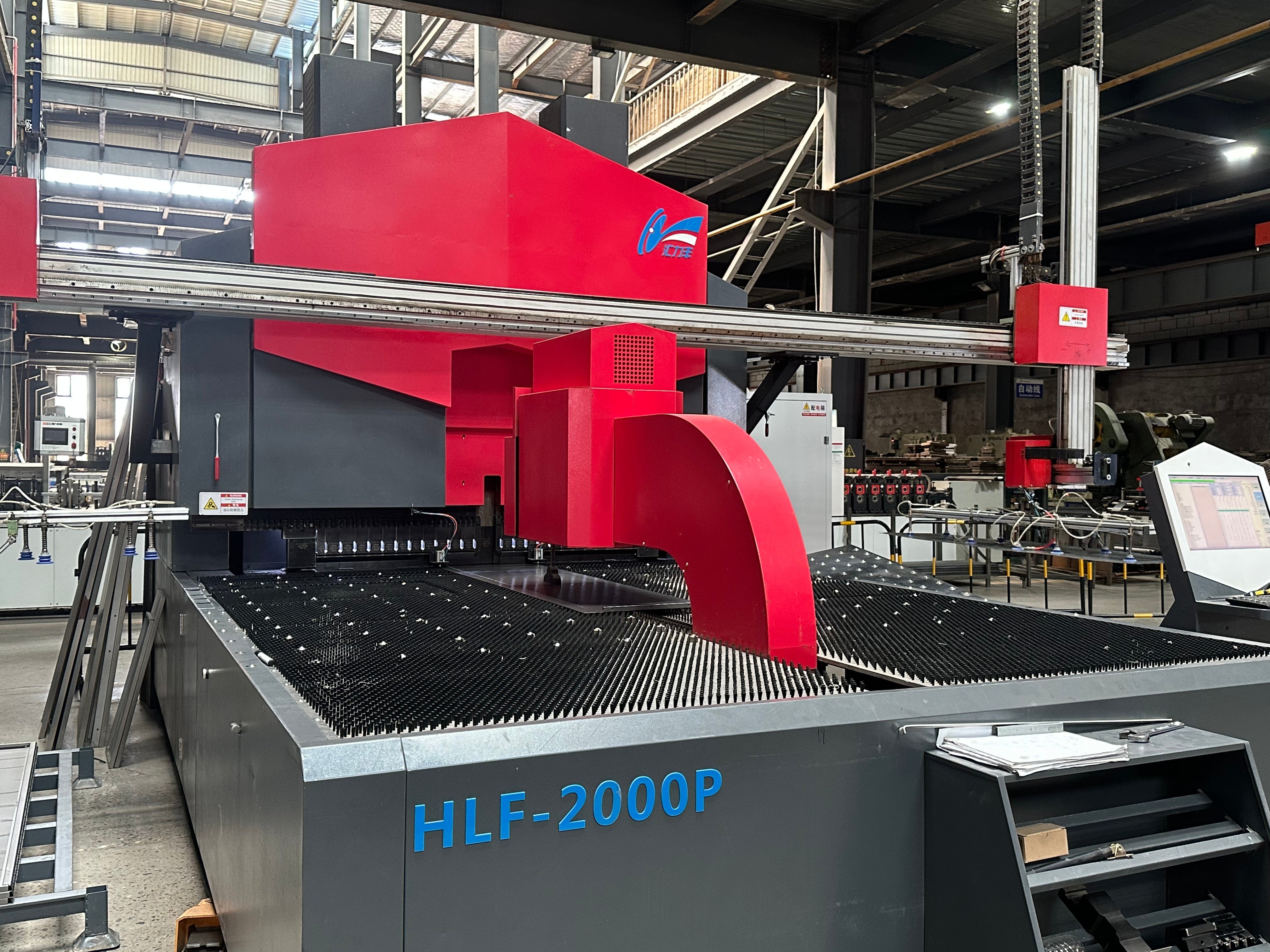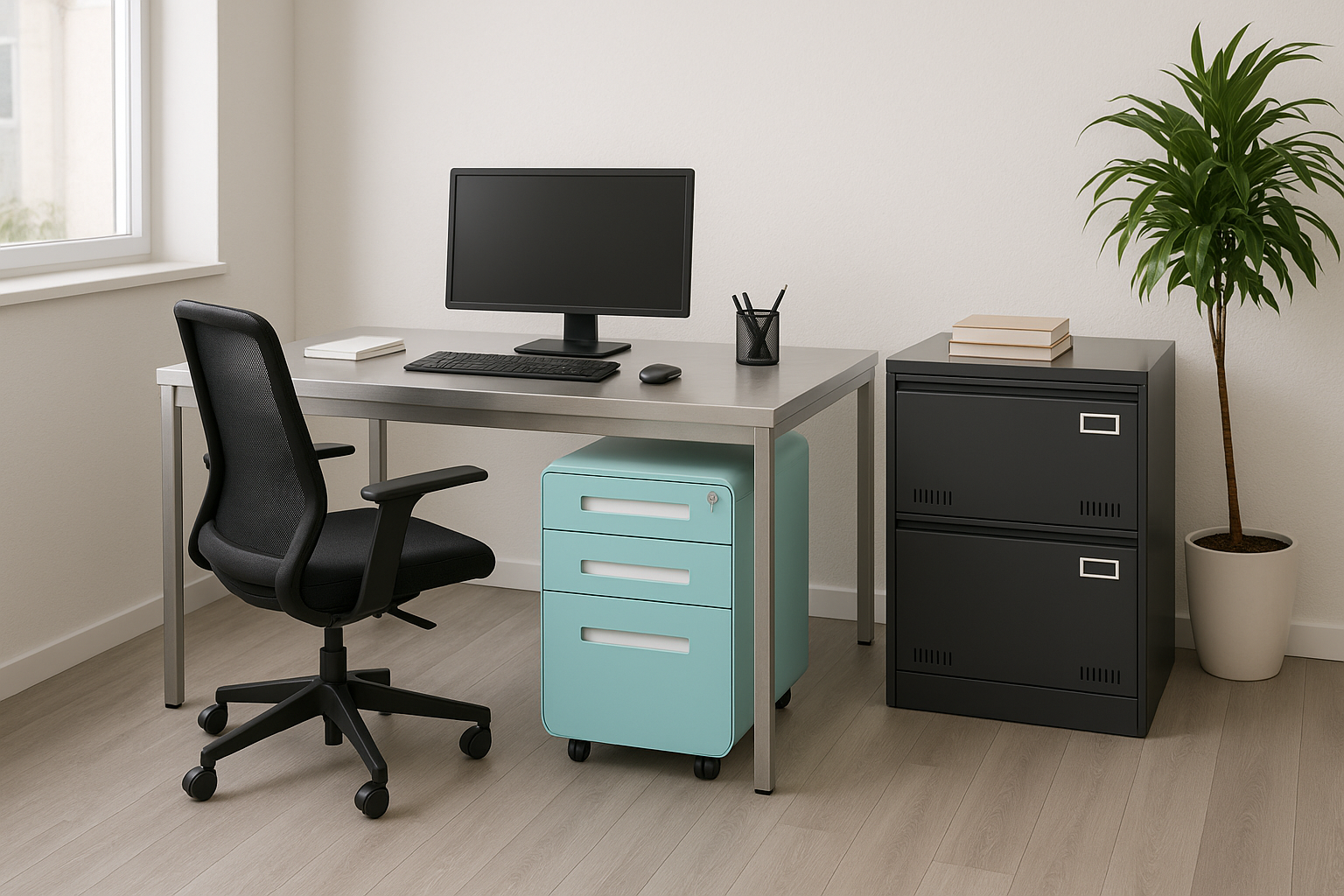Article: How Automation is Changing Furniture Manufacturing | Byshtec Industry Insights

How Automation is Changing Furniture Manufacturing | Byshtec Industry Insights
The furniture industry is experiencing a major transformation. Once defined by traditional craftsmanship, it is now being reshaped by advanced automation technologies. In the field of steel furniture manufacturing, automation is driving improvements in efficiency, precision, sustainability, and design innovation. For global buyers, this means higher quality products and faster delivery. For manufacturers, it opens the door to new opportunities and competitiveness in international markets.
Automation is no longer a future concept—it is the present reality that is redefining how furniture is made.
Precision and Consistency at Scale
One of the greatest benefits of automation is its ability to deliver precision repeatedly. In steel furniture production, automated processes like laser cutting, CNC bending, and robotic welding ensure every component is made with exact measurements. This reduces human error, improves durability, and minimizes waste. For customers, it means stronger furniture that maintains quality across every unit.
Faster and More Efficient Production
Automation drastically speeds up production without compromising quality. Complex processes such as powder coating or large-scale assembly, which used to take hours, can now be completed in minutes. For cross-border e-commerce, where timely delivery is critical, this efficiency makes a big difference. Manufacturers can meet customer demand quickly while keeping costs under control.
Sustainability and Eco-Friendly Processes
Modern automated systems are designed with sustainability in mind. Automated powder-coating technology ensures an even finish while reducing energy use and material waste. Optimized cutting and fabrication processes minimize leftover steel. These improvements not only benefit the environment but also align with global consumer demand for greener, longer-lasting products.
Expanding Design Possibilities
Automation also encourages creativity. With the integration of computer-aided design (CAD) and 3D modeling, manufacturers can experiment with multifunctional furniture, modular storage solutions, and modern aesthetics. Automated production lines make it possible to bring these new designs to market quickly, giving customers more choices and flexibility.
People and Machines Working Together
Automation does not replace human expertise. Skilled engineers, designers, and inspectors remain essential to the process. Machines handle repetitive and precise tasks, while people focus on innovation, customization, and ensuring that products meet strict quality standards. The combination of human creativity and automated efficiency produces the best results.
Looking Ahead
As artificial intelligence, robotics, and smart monitoring systems continue to advance, the role of automation in furniture manufacturing will grow even stronger. The future promises greater efficiency, higher quality, and more sustainable production. For steel furniture manufacturers, embracing automation is no longer optional—it is the key to staying competitive in the global market.

Leave a comment
This site is protected by hCaptcha and the hCaptcha Privacy Policy and Terms of Service apply.